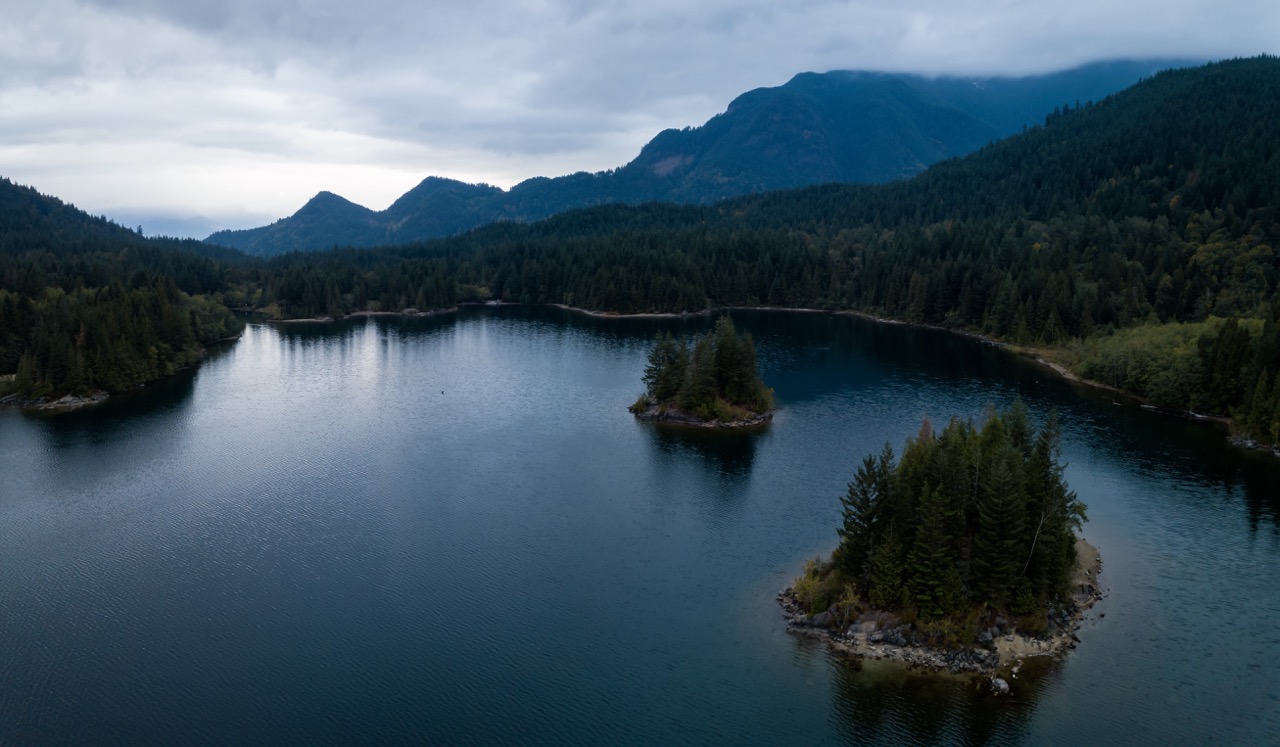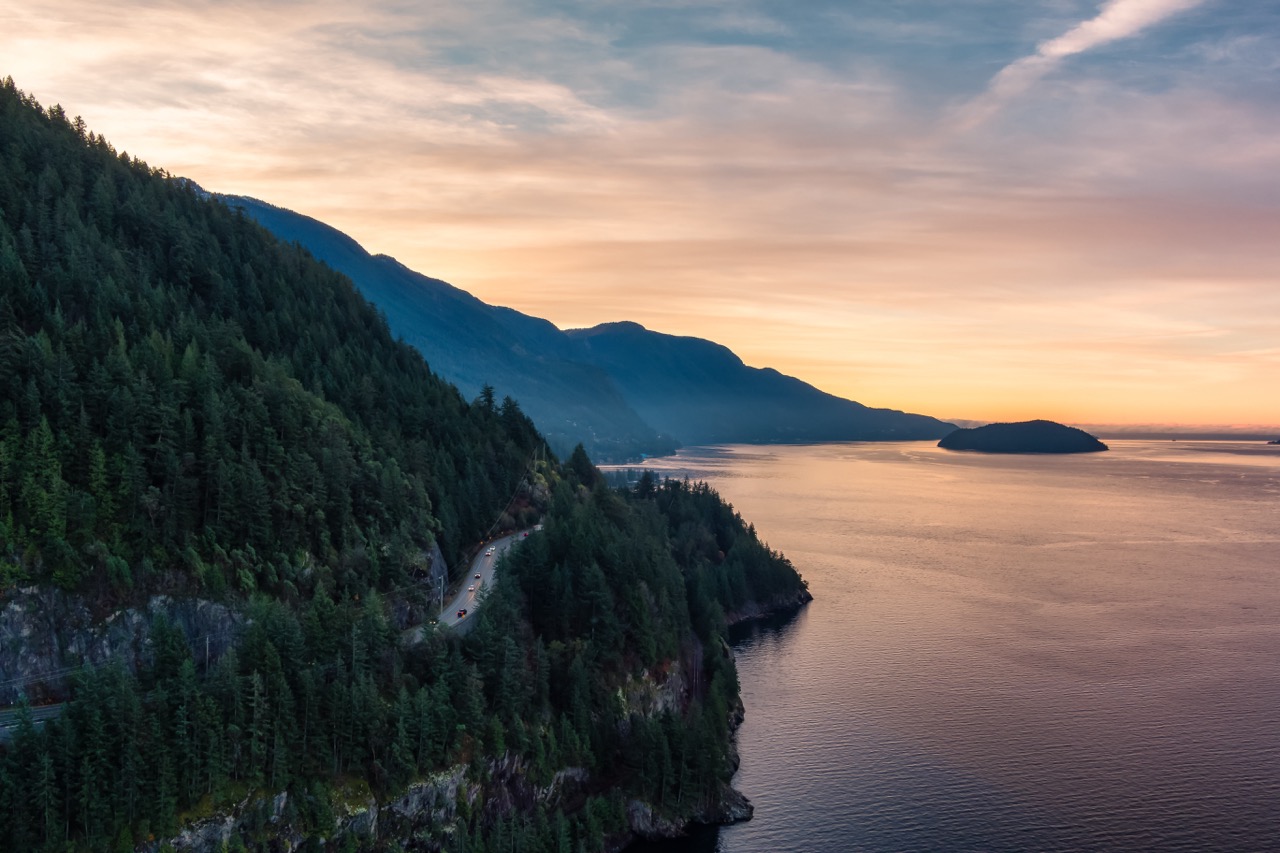The Rocky Mountains, a stunning range that stretches from Canada through the United States to Mexico, offer an impressive display of natural beauty and adventure, particularly in British Columbia. This province showcases some of the most spectacular landscapes in the world, featuring towering peaks, glacial lakes, and dense forests. Exploring the Rockies in British Columbia is not just a journey through breathtaking scenery; it also offers encounters with rich biodiversity, cultural heritage, and critical environmental considerations. This article will delve into various aspects of this magnificent region, highlighting the geography, wildlife, outdoor activities, cultural significance, environmental challenges, and tips for responsible exploration.
Understanding the Geography of British Columbia’s Rockies
The Rocky Mountains in British Columbia form a dramatic landscape characterized by rugged terrain, deep valleys, and sharp peaks. This region is part of the larger North American Cordillera, with notable peaks such as Mount Robson, the highest in the Canadian Rockies, and Mount Columbia. The diverse topography is shaped by glacial activity, resulting in stunning formations like fjords and hanging valleys. The Columbia Icefield, one of the largest icefields south of the Arctic, is a significant feature that contributes to the region’s unique geography.
This mountainous region spans various parks and protected areas, including Banff and Yoho National Parks, which are designated UNESCO World Heritage Sites. These protected areas serve not only to conserve the natural beauty of the mountains but also to ensure the preservation of critical ecosystems. The geography of the Rockies influences local weather patterns, creating microclimates that support a variety of ecological zones, from arid alpine environments to lush temperate rainforests.
Visitors to the British Columbia Rockies can experience breathtaking vistas from various vantage points, such as Glacier National Park and Kootenay National Park, where numerous hiking trails and roadside lookouts provide access to stunning landscapes. The interplay between rugged mountains and serene lakes creates a picturesque backdrop that attracts outdoor enthusiasts and photographers alike, making the Rockies a premier destination for nature lovers.
Wildlife Encounters: Flora and Fauna in the Region
The biodiversity in British Columbia’s Rockies is as striking as its landscapes. The region is home to a wide range of flora, from towering coniferous trees to colorful wildflowers that blanket the meadows in spring and summer. Species such as the Western Red Cedar and Engelmann Spruce thrive in the moist, cool climates of the lower elevations, while alpine plants like alpine forget-me-nots and mountain avens dot the higher altitudes, showcasing the region’s ecological diversity.
In terms of fauna, the British Columbia Rockies are renowned for their rich wildlife populations. Visitors may encounter iconic species such as grizzly bears, mountain goats, and elk wandering through the valleys and forests. Birdwatchers can delight in spotting species like the Clark’s Nutcracker or the Mountain Bluebird. The region’s ecological zones support various mammals, reptiles, and fish, making it a haven for wildlife enthusiasts eager to observe animals in their natural habitats.
However, wildlife encounters require respect and caution. The presence of large predators like bears necessitates proper safety measures when hiking or camping in the area. Respecting wildlife by maintaining a safe distance, securing food, and adhering to local guidelines ensures that both visitors and animals can coexist safely in this beautiful environment.
Outdoor Activities: Hiking, Skiing, and More Options
The Rocky Mountains in British Columbia offer a cornucopia of outdoor activities, drawing adventure seekers from around the globe. Hiking is among the most popular pursuits, with trails that cater to a variety of skill levels. Iconic routes such as the Plain of Six Glaciers and the Iceline Trail provide access to stunning landscapes and panoramic views, allowing hikers to immerse themselves in the raw beauty of the Rockies. Many trails are well-marked and maintained, making them accessible for families and casual walkers as well.
Skiing and snowboarding are also significant draws during the winter months. Renowned ski resorts such as Whistler Blackcomb and Revelstoke Mountain Resort offer pristine slopes, world-class facilities, and a vibrant après-ski culture. With vast terrains catering to various skill levels, these resorts ensure that both beginners and experienced skiers can enjoy the winter wonderland. Beyond skiing, snowshoeing, ice climbing, and snowmobiling are also popular activities, providing opportunities to explore the winter landscape in diverse ways.
Additionally, the summer months open up avenues for mountain biking, kayaking, and wildlife watching. Rivers and lakes in the area are perfect for paddling enthusiasts, while mountain biking trails have gained popularity for their exhilarating downhill rides. Camping and fishing are also popular among visitors, offering a chance to relax and connect with nature. The abundance of outdoor activities ensures that there is something for everyone to enjoy in British Columbia’s stunning Rocky Mountains.
Cultural Significance: Indigenous Communities and Heritage
The Rocky Mountains in British Columbia are not only significant for their natural splendor but also for their rich cultural heritage. Indigenous communities such as the Ktunaxa, Secwepemc, and Nlaka’pamux have inhabited this land for thousands of years, deeply connecting with the mountains, rivers, and forests that shape their stories and traditions. These communities possess a wealth of knowledge about the land, its flora and fauna, and sustainable ways of living.
Cultural sites and practices remain integral to Indigenous life in the Rockies. Art, storytelling, and traditional ceremonies preserve the rich cultural history of these communities and foster a connection to the environment. Visitors can experience this heritage through guided tours, cultural workshops, and art exhibits that showcase traditional crafts and teachings. Engaging with Indigenous perspectives allows visitors to gain insight into the historical significance of the land and the ongoing relationships Indigenous people maintain with it.
Moreover, the recognition and respect for Indigenous rights and land stewardship are increasingly important in conservation efforts. Collaborations between Indigenous communities and government agencies aim to protect the natural environment while honoring traditional practices and knowledge. This cultural significance adds an enriching layer to the experience of exploring the Rocky Mountains in British Columbia, offering a broader understanding of the region’s history and ecological stewardship.
Environmental Challenges Facing the Rocky Mountain Ecosystem
Despite its breathtaking beauty, the Rocky Mountain ecosystem in British Columbia faces several environmental challenges that threaten its integrity. Climate change is perhaps the most pressing issue, leading to alterations in weather patterns, glacial retreat, and shifts in biodiversity. Warmer temperatures have resulted in earlier snowmelt, affecting river flows and the ecosystems dependent on them. These changes pose risks not only to wildlife but also to human communities that rely on these natural resources.
Invasive species present another significant challenge, threatening the delicate balance of local ecosystems. Non-native plants and animals can outcompete native species for resources, disrupt food webs, and alter habitats. Efforts to manage and control invasive species are ongoing, but they require continuous monitoring and community involvement to be effective. Education and awareness are critical to preventing the introduction of invasive species through outdoor recreation.
Furthermore, increased tourism and outdoor recreation can exacerbate environmental pressures. Trail erosion, litter, and wildlife disturbances are common issues that arise from high visitor numbers. Sustainable tourism practices and responsible recreation are essential to mitigate these impacts. Balancing the desire to explore and appreciate the Rockies with the need to protect this unique ecosystem is a challenge for both visitors and local authorities.
Tips for Responsible Exploration of the Rockies in BC
When exploring the Rocky Mountains in British Columbia, responsible exploration is paramount to preserving the region’s natural beauty and ecological integrity. One of the most effective ways to ensure a positive impact is to follow the Leave No Trace principles. This includes planning ahead, sticking to established trails, and properly disposing of waste. Using designated campsites and respecting local regulations minimizes disturbances to wildlife and helps protect sensitive habitats.
Educating oneself about the local flora and fauna is also important for responsible exploration. Understanding which plants and animals are native to the area can help visitors avoid inadvertently harming delicate ecosystems. When encountering wildlife, it is crucial to maintain a safe distance and refrain from feeding them, as human interaction can disrupt their natural behaviors and lead to dangerous situations for both visitors and animals.
Finally, supporting local Indigenous communities and conservation initiatives can enhance the exploration experience while contributing positively to the region. Participating in guided tours led by Indigenous peoples, purchasing local crafts, and engaging in volunteer opportunities for conservation efforts fosters a deeper connection to the land and its cultural significance. By embracing responsible practices, visitors can ensure that they leave the Rockies in British Columbia as breathtaking and vibrant as they found them.
Exploring the Rocky Mountains in British Columbia is an enriching experience that combines stunning landscapes, diverse wildlife, and deep cultural significance. As visitors traverse this majestic terrain, they engage with not only the beauty of nature but also the stories of Indigenous communities and the pressing environmental challenges the region faces. By adopting responsible exploration practices, individuals can contribute to the conservation of this remarkable ecosystem while enjoying the outdoor adventures it offers. The Rockies stand as a testament to the natural world’s grandeur, calling adventurers to uncover its wonders while ensuring its preservation for generations to come.





